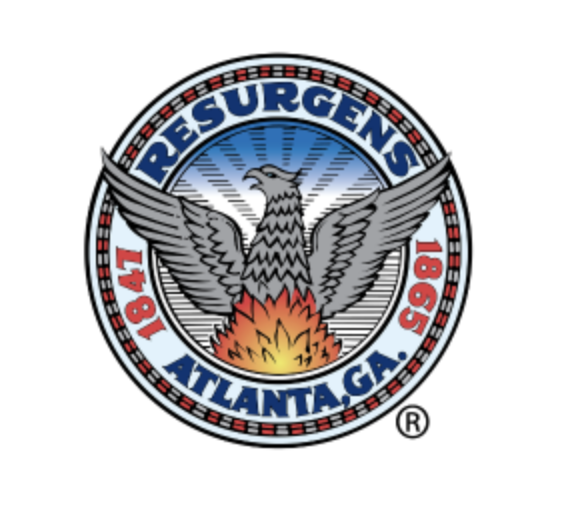Over the past year, the City of Atlanta made safety a top priority—and it showed. Strategic investments led to a 32% drop in homicides and a nearly 20% drop in shootings. The focus wasn’t just on policing, but on the broader conditions that help communities thrive: youth jobs, safer streets, mental health response, and strong community partnerships.
But one weekend this summer served as a sobering reminder that the work is far from over.
Between a Thursday and Monday stretch, more than 30 people were shot across the city in multiple incidents. While most of the victims survived, thanks in large part to the trauma team at Grady Hospital, Mayor Andre Dickens acknowledged the weight of the moment.
“We had an unfortunate week,” he said. “We saw violence that we haven’t seen in the past year and a half, two years. I knew that if there were 30 people shot, that meant Grady would be extremely busy. The City of Atlanta and I owe a debt of gratitude to y’all. You save lives, and that matters.”
Showing Up Where It Counted
In the aftermath of the violence, Mayor Dickens visited several critical locations to thank those on the front lines and emphasize the city’s continued commitment to public safety.
He started at Grady Hospital, where he met with trauma staff and first responders. “There hasn’t been a night that I’ve been on call that I haven’t taken care of a gunshot victim,” said one doctor. The Mayor called that reality “intolerable” and emphasized the need to eliminate the category of innocent bystanders harmed by gun violence.
He then visited officers at APD Zone 3, recognizing their hard work in reducing crime over the past year.
“Zone 3 is a critical zone for our city,” he told them. “A lot happens, and you guys have been instrumental in making sure that what used to happen doesn’t happen as frequently. I wanted to come here and say thank you. I’m with you.”
Finally, Dickens walked the Edgewood corridor, where one of the weekend’s most high-profile shootings occurred. He met with business owners, security teams, and nightlife staff.
“We spoke with managers, some owners, and some of the security teams,” he said. “For the most part, the Edgewood area had been without incident for about two years. One weekend doesn’t define our nightlife—but one weekend can impact the days that follow. We want customers, but we don’t want the foolishness.”
A Broader Safety Strategy
These site visits were not isolated gestures—they were part of a broader citywide effort to reinforce trust, build accountability, and sustain momentum.
Key initiatives over the summer included:
• $6 million invested in youth jobs and enrichment
• Over 36,000 streetlights installed or repaired
• 15 encampments closed with more than 500 people transitioned into housing
• Expansion of CARE Units to respond to non-emergency and mental health-related calls
• Operation Heatwave targeting high-crime areas
• Free public pools, park rangers, and community safety walks
“We can’t just police our way to safety,” Dickens said. “We have to invest our way there.”





